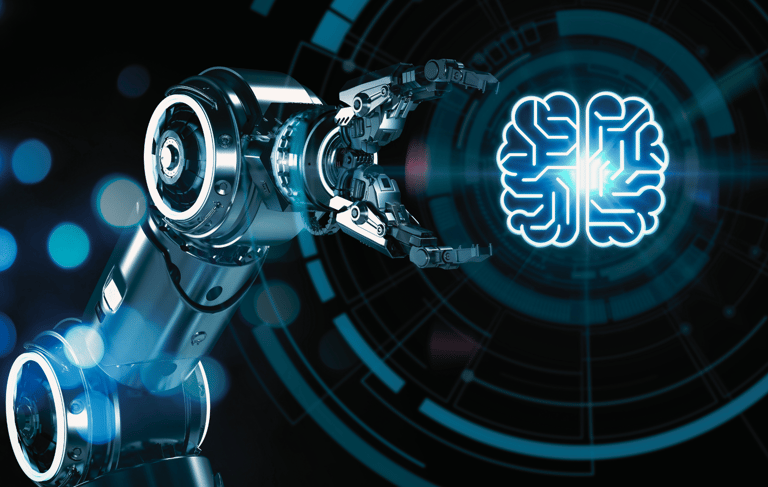“Welcome to MONTI AI™ — Montessori Order for New Technology & Intelligence™”
Example: Adaptive Learning Tailored to Each Child
Personalized Montessori AI Learning System
Our Montessori AI system harnesses real-time analytics to adapt educational experiences for each child, maintaining the integrity of self-paced, hands-on learning. Unlike conventional EdTech tools, which rely on rigid progressions, this AI-driven approach respects the Montessori philosophy by providing personalized learning pathways based on a child’s unique developmental stage, strengths, and interests.


How It Works:
Real-Time Progress AnalysisAI monitors student interactions with materials, tracking engagement, mastery, and emerging interests.




The Problem: Exploitable Loopholes in AI Reasoning
Dynamic Lesson Adjustments
The system suggests new activities aligned with Montessori principles, adjusting complexity and format to challenge and support the learner appropriately.
Strength-Based CustomizationInstead of a one-size-fits-all model, the AI prioritizes areas of strength while gently guiding the child through more challenging concepts at their own pace.
Holistic Development MetricsCognitive, social, and emotional growth indicators are incorporated to ensure a well-rounded educational experience.
Example in Action




:Emma, a 4-year-old Montessori student, demonstrates a strong interest in counting beads but struggles with associating numbers with quantities. The AI system recognizes this pattern and recommends a hands-on activity with number rods and sandpaper numerals, reinforcing sensory-based learning. As Emma gains confidence, the AI gradually introduces more abstract numerical concepts, always following her natural learning rhythm.
Implementation Approach:
Our framework includes:
Multi-Agent AI Monitoring: A secondary OpenAI model acts as an observer, ensuring the primary AI operates within predefined ethical and logical boundaries.
Red Teaming for AI: Simulating adversarial attacks on reasoning processes to identify vulnerabilities in decision-making.
Explainability Integration: Using OpenAI’s interpretable AI methods to clarify why certain reasoning paths were flagged as problematic.
Adaptive Learning: The detection model evolves as new exploits emerge, continuously refining its ability to identify and neutralize misbehavior.
Expected Outcomes
Reduction in AI Exploits: By addressing exploits at the thought level, we significantly decrease the likelihood of rule violations.
Stronger Alignment with Ethical Standards: AI models become more transparent, trustworthy, and aligned with human values.
Scalability and Adaptability: Our system can be applied across industries, enhancing safety and compliance for various AI applications.






Conclusion
The growing complexity of frontier AI reasoning demands innovative oversight mechanisms. By leveraging OpenAI’s LLMs, our approach offers a proactive solution to AI misbehavior by addressing issues at the source—its chain-of-thought reasoning. Implementing this methodology ensures that AI remains an asset rather than a liability, reinforcing safety, accountability, and ethical decision-making in next-generation AI models.